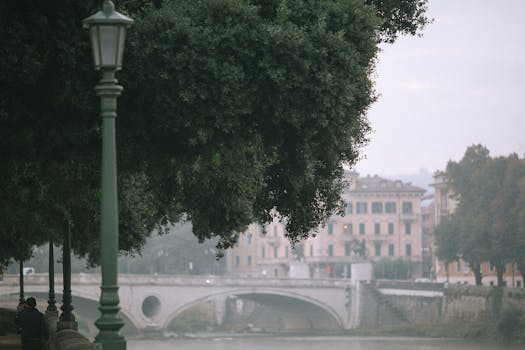
Urban Green Spaces: The Future of Outdoor Living in European Cities by 2025
Urban Green Spaces are becoming increasingly important in European cities, and for good reason. As the world becomes more urbanized, the need for green spaces in cities is becoming more pressing. Not only do they provide a peaceful escape from the hustle and bustle of city life, but they also play a crucial role in maintaining the health and wellbeing of citizens. In this article, we will explore the future of outdoor living in European cities and how urban green spaces will shape it by 2025.
What are Urban Green Spaces?
Urban Green Spaces refer to any area of greenery in an urban environment, including parks, gardens, green roofs, and green walls. These spaces can be found in a variety of locations, from city centers to residential areas, and can range in size from small gardens to large parks. Urban Green Spaces provide a range of benefits, including improved air quality, reduced noise pollution, and increased biodiversity.
The Importance of Urban Green Spaces in European Cities
European cities are facing a number of challenges, including climate change, urbanization, and population growth. Urban Green Spaces can help to mitigate these challenges by providing a range of benefits, including:
- Improved air quality: Urban Green Spaces can help to reduce air pollution by absorbing pollutants and producing oxygen.
- Reduced noise pollution: Green spaces can act as a buffer against noise pollution, creating a more peaceful environment for citizens.
- Increased biodiversity: Urban Green Spaces can provide a habitat for a range of plants and animals, helping to maintain biodiversity in urban areas.
- Improved mental health: Spending time in nature has been shown to have a positive impact on mental health, reducing stress and anxiety.
The Future of Outdoor Living in European Cities
By 2025, European cities will be even more urbanized, with a greater need for green spaces. Urban Green Spaces will play a crucial role in maintaining the health and wellbeing of citizens, as well as helping to mitigate the challenges facing cities. Some of the ways in which Urban Green Spaces will shape the future of outdoor living in European cities include:
- Increased use of green roofs and walls: Green roofs and walls will become more common in European cities, providing additional green space and helping to reduce energy consumption.
- More community-led green spaces: Community-led green spaces will become more popular, providing a space for citizens to come together and engage with nature.
- Greater emphasis on sustainable design: Urban Green Spaces will be designed with sustainability in mind, using materials and techniques that minimize environmental impact.
Conclusion
Urban Green Spaces are the future of outdoor living in European cities. By providing a range of benefits, including improved air quality, reduced noise pollution, and increased biodiversity, these spaces will play a crucial role in maintaining the health and wellbeing of citizens. As European cities become even more urbanized, the need for green spaces will only continue to grow. By prioritizing the development of Urban Green Spaces, cities can help to create a more sustainable, healthy, and enjoyable environment for all citizens.






